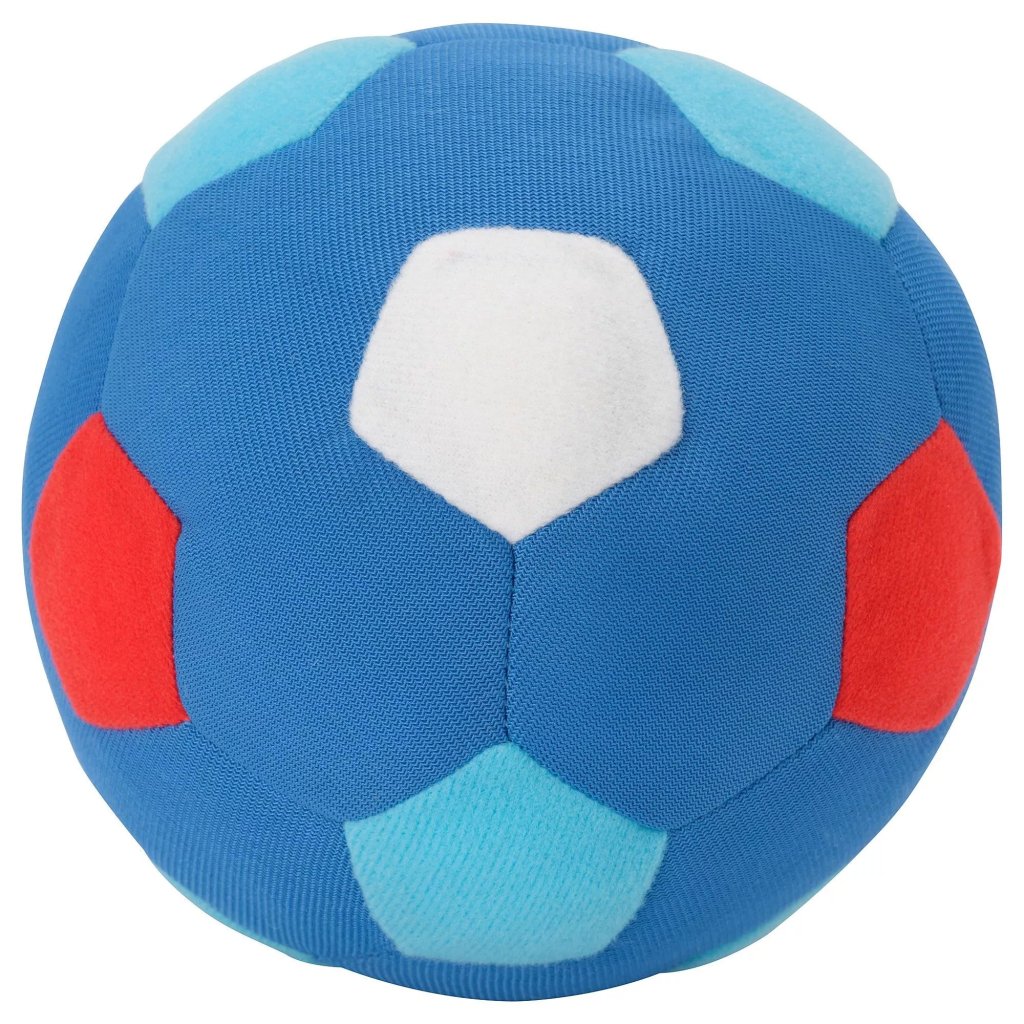
Polyester fabric is a type of fabric that is widely used today. Polyester is not a natural fabric, it is factory made. It is a synthetic fabric. Polyester is the name of the raw material of the yarn from which weaving is made. It is a synthetic woven material known to be durable and relatively inexpensive to produce. In polyester, it can be divided into Ethylene polyester, plant-based polyester and PCDT polyester.
General Features
- (+) It is shiny, slippery and durable.
- (-) It is not breathable, it can sweat.
- (+) It is long lasting and robust.
- (+) It is moisture resistant.
- (-) It creates static electricity.
- (+) It has a non-staining structure.
- (-) The human body can sometimes show an allergic reaction.
- (-) It can burn easily.
Why did they choose this material for this product?
Thanks to its versatility, polyester is used in many situations. High strength and durability make it very suitable for clothing production. Being a strong fiber, polyester can withstand strong and repetitive motion. Its hydrophobic (water repellent) feature is ideal for clothes and jackets to be used in wet or humid environments, coating the fabric with a water-resistant coating intensifies this effect. Polyester fibers are sometimes spun together with natural fibers to produce fabric with blended properties. Wool and cotton would be a good example because when blended together they increase wrinkle resistance.
Usage Areas
In the fashion industry, it is mainly used for shirts, pants, suits, bags, shoes, sportswear, bed sheets, etc. used to make. For industrial use, it is used to make air filters, carpets, ropes, films, fishing nets, bottles, high-end wood guitar covers, pianos, liquid crystal displays, wire, phone cases, and more.
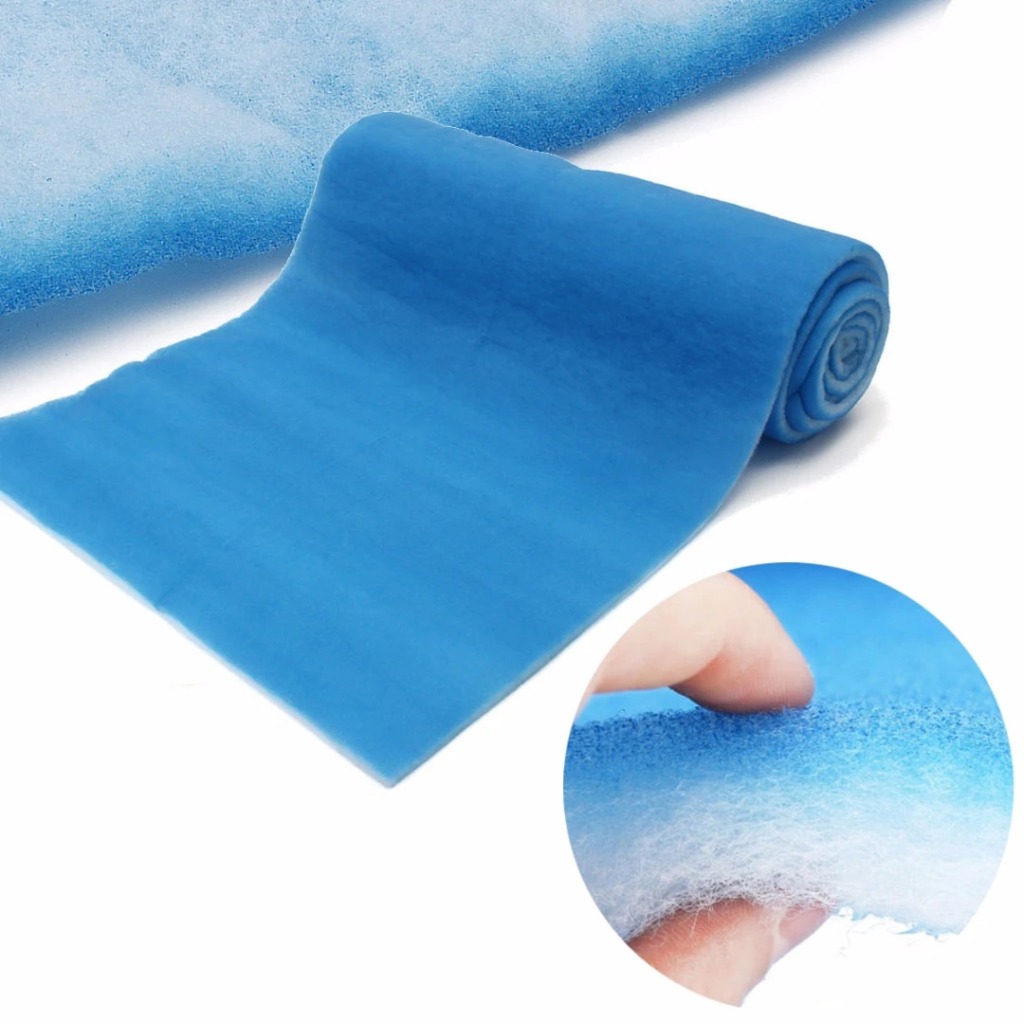
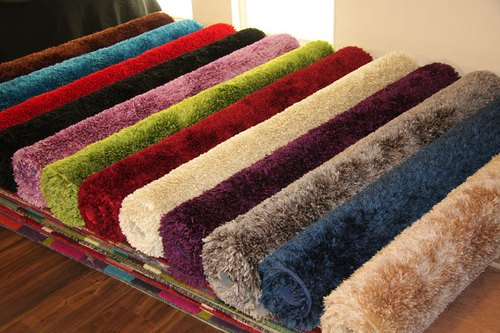
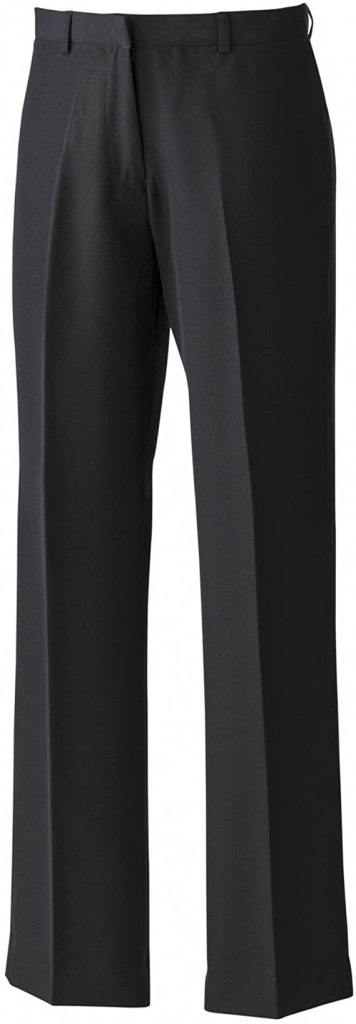
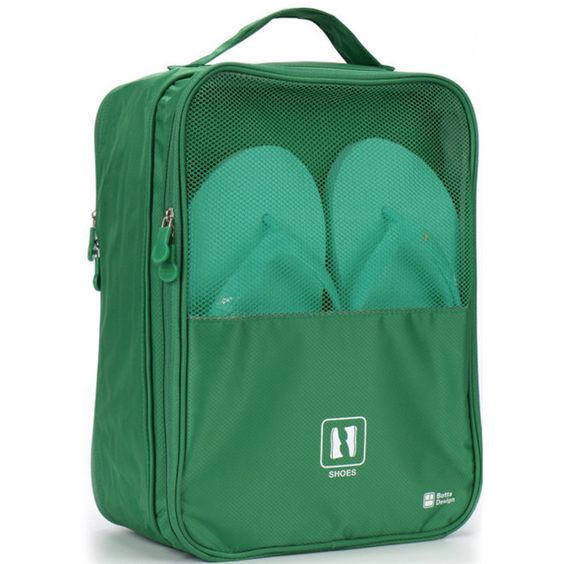
Manufacturing Techniques
Polyester is a chemical term degradable poly means a lot and ester is an essential organic chemical compound. The main component used in the production of polyester is ethylene, which is obtained from petroleum. In this process, ethylene is the polymer, the chemical building block of polyester, and the chemical process that produces the finished polyester is called polymerization. Polyester is produced by one of several methods. What is used depends on the form the finished polyester will take. The four basic forms are filament, staple, drawstring and fiberfill. In filament form, each strand of polyester fiber is continuous in length and produces fabrics with smooth surfaces. In staple form, filaments are cut into short, predetermined lengths. In this form, polyester is easier to mix with other fibers. Drawing is a form in which continuous filaments are pulled loosely together. Fiber filling is the bulky form used in the production of quilts, pillows and outerwear. The two most commonly used forms are filament and fiber.
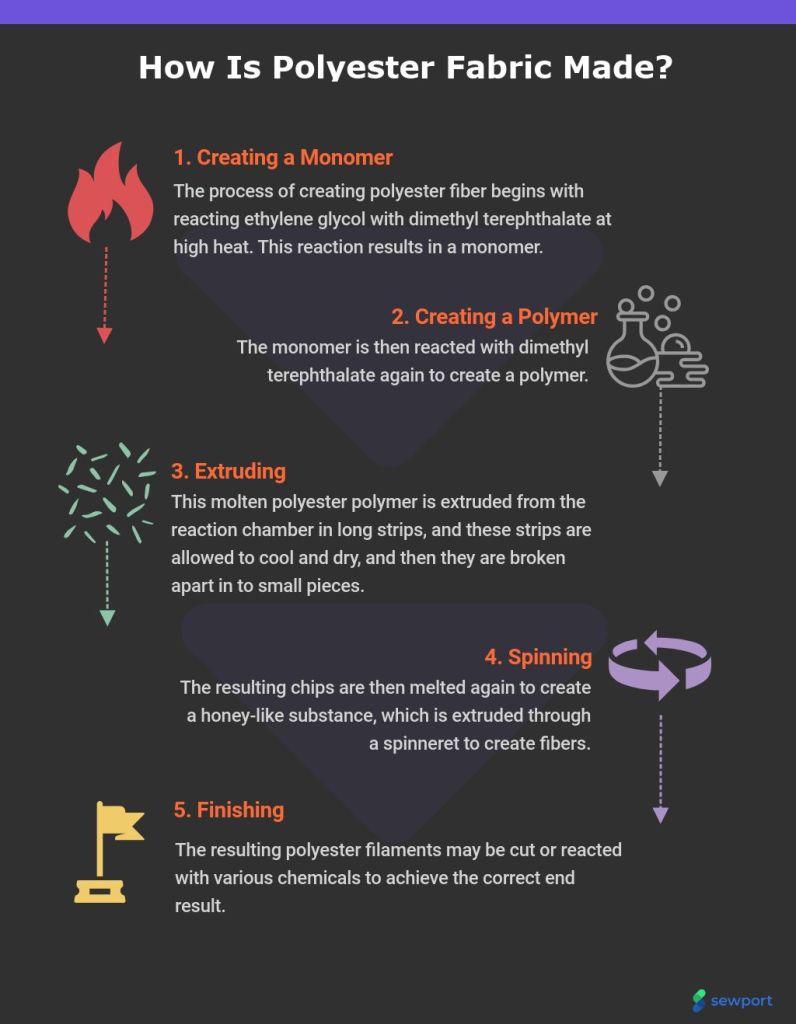
Similar Materials
Cotton: Cotton is a natural product that grows in plants. Cotton is breathable by nature which means air can easily flow through it. It helps sweat evaporate quickly and helps clothes and bedding stay fresh longer. Cotton is also naturally hypoallergenic so people with contact allergies can safely wear this material without fear of a reaction.
Nylon: Nylon is a fully synthetic material most commonly used as an alternative to silk. Nylon can also be made into a plastic or even a resin. It is a flexible material that is known for its stretching ability but retains its shape.
Polypropylene Fabric: Polypropylene is a lightweight type of plastic. It was originally used in factories for the mass production of plastic products, but today it is most commonly a textile or fabric.
References
https://kleiderly.com/blogs/kleiderly-magazine/fabric-series-all-about-polyester
http://www.madehow.com/Volume-2/Polyester.html
https://kumaskagitmakas.com/polyester-kumas-nedir-ozellikleri/
https://www.qualitylogoproducts.com/promo-university/guide-to-materials.htm
https://www.aanyalinen.com/blogs/aanya-blog/polyester-vs-cotton
